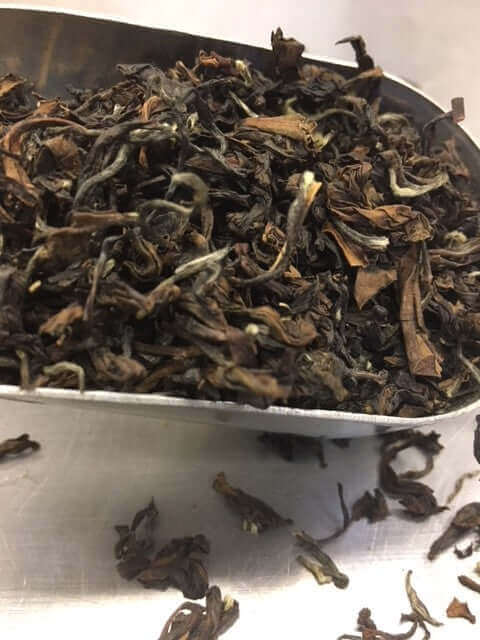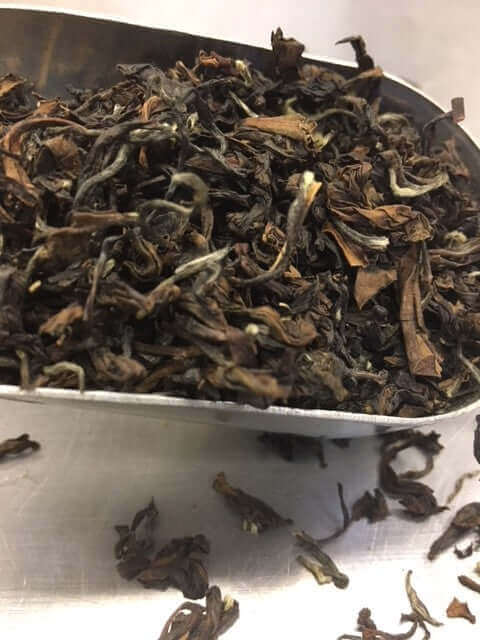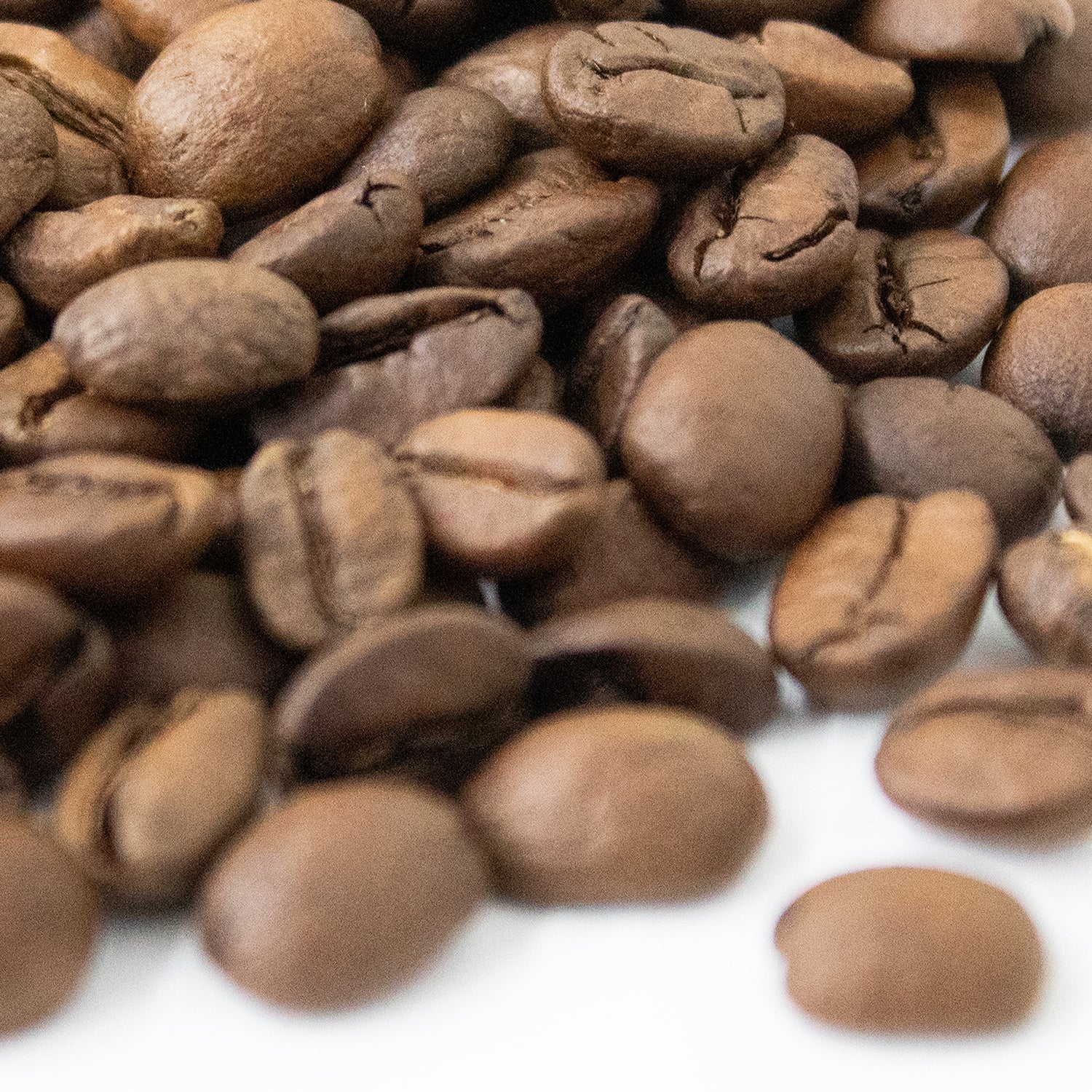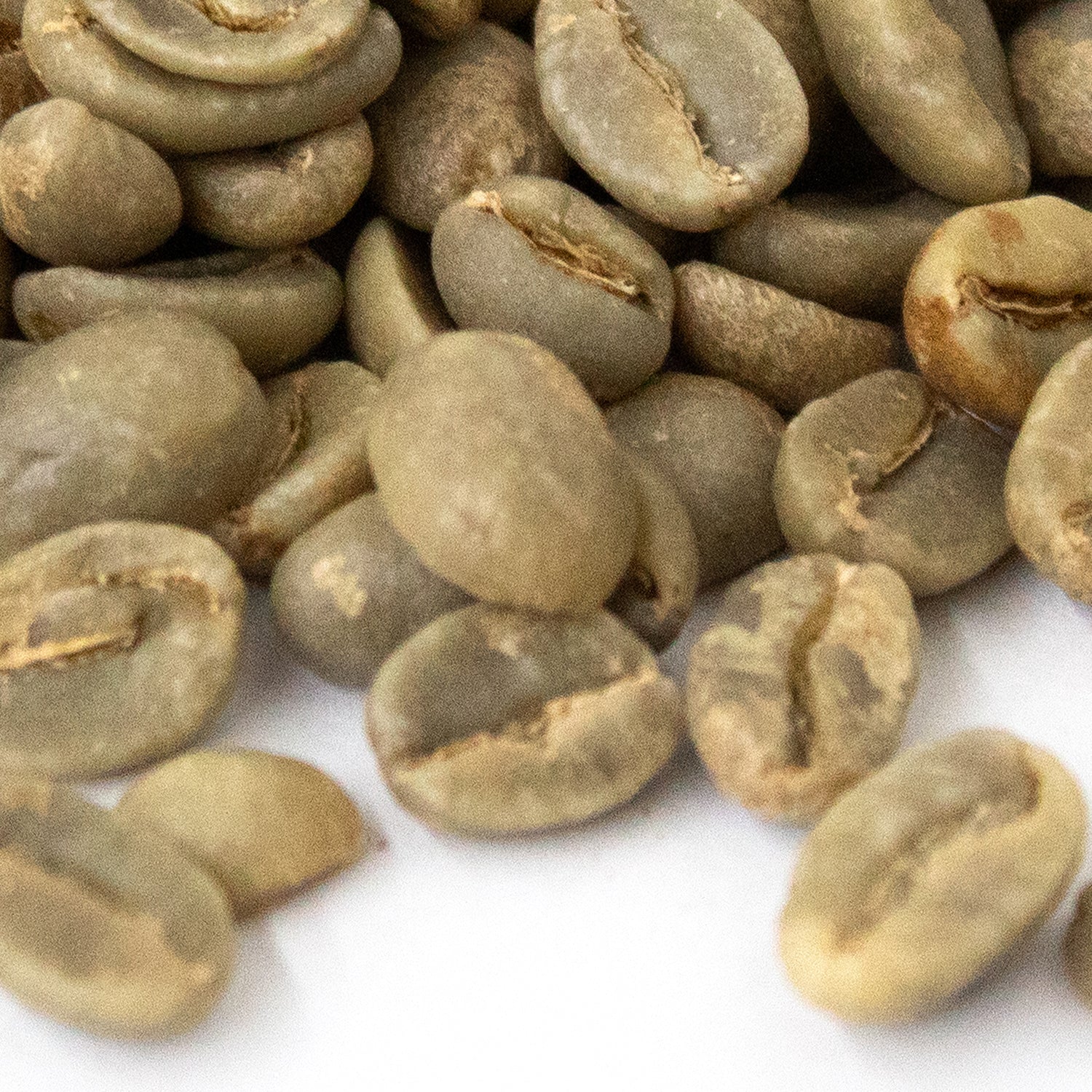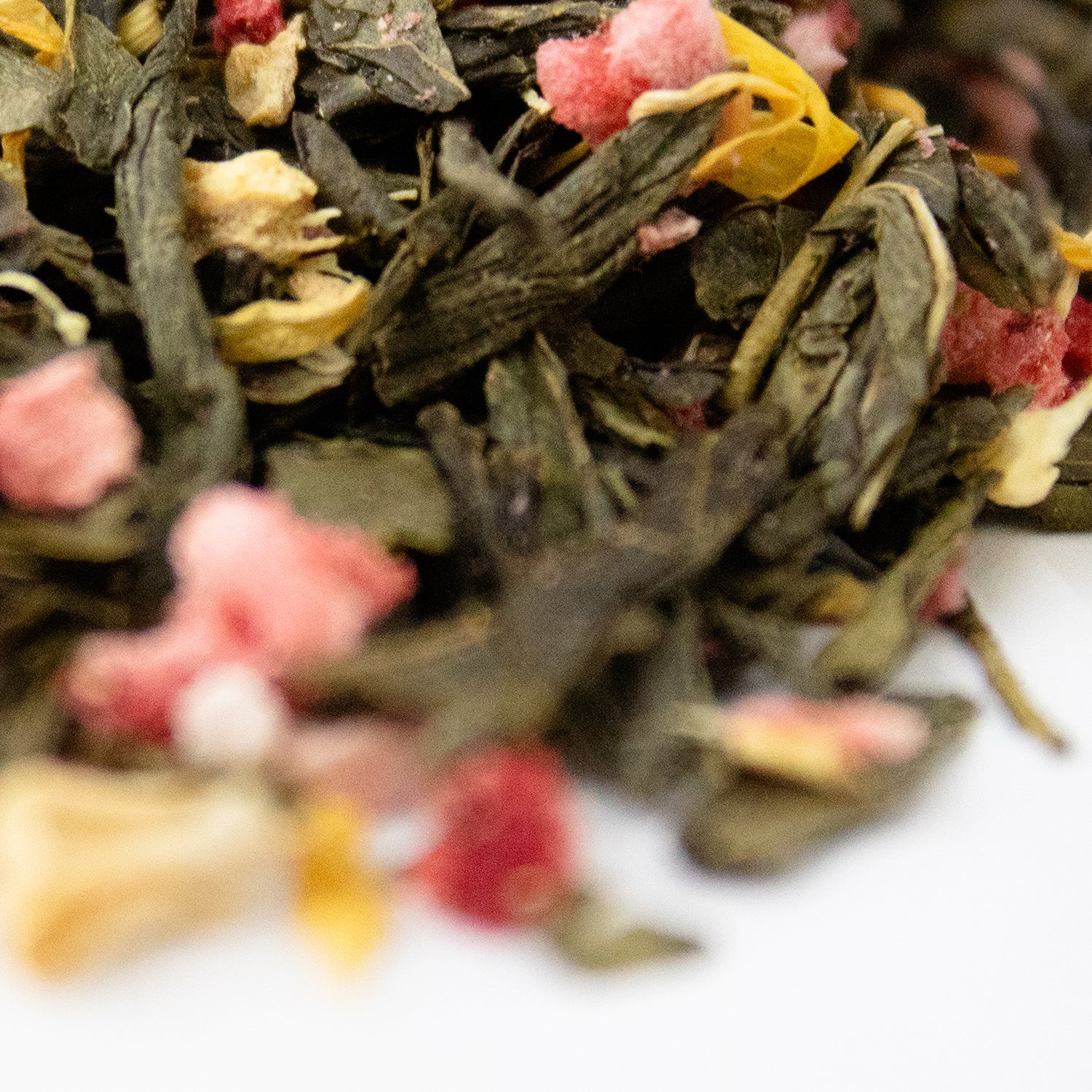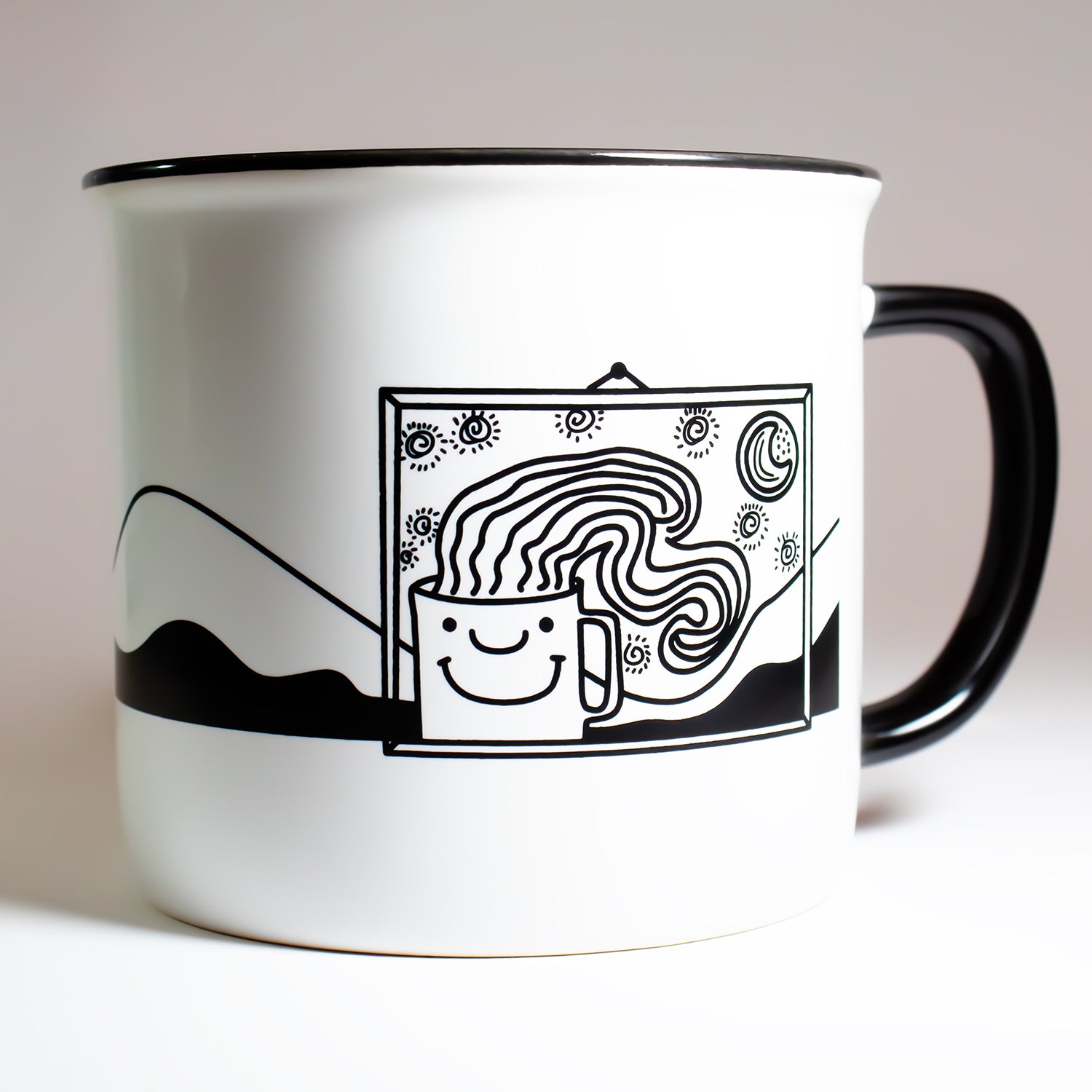Oolong
Oriental Beauty
Oriental Beauty
Couldn't load pickup availability
Oolongs aren't oxidized enough to be called black tea, but they are too far oxidized to be called a green tea. Taiwan has the best reputation in Oolong teas. This one is one of their most prized and unique oolongs.
It begins with a small pest the "green fly" aka "paoli leafhopper" nibbles at the tea leaves. When the insects bite into the leaves, it creates a blemish on the leaf, stems the growth of the shoots, and begins to shrivel the branch. The chemical composition of the leaf is altered, giving rise to the distinct aroma and taste that this oolong is famous for.
Essentially, as the leaf is trying to heal itself, the bush sends extra sap up to the leaves, which creates extra sweetness. As it withers, it also begins to oxidize while still on the plant, creating a woody, muscatel flavor (the taste of this tea does share some qualities with a nice Darjeeling Black Tea). It is fruity, flowery, and woody all at once.
There are "light" and "dark" oolongs, and Oriental Beauty is on the darker end. This tea is so prized and loved by the Taiwanese people that they hold competitions within the country, and consume most of it themselves instead of exporting it.
Do not add sweetener to this tea, it will flatten out the flavor and make it ordinary.
Formosa Bai Hao (Formosa Silver Tip) Tasting Notes: Sweet, Peach, Honey, Floral, Black Tea
Steep: Particularly nice in a Gaiwan with repeated steepings, but otherwise, just use 1 Tbsp of tea for 8-10 oz water. Water temperature: 185. Steep time 3 minutes. The tea leaves are good for 3 or 4 steepings -- when your mug is empty, reuse the tea leaves to brew some more!
Sweetener: Not recommended
Approximately 6 Tbsp in a 1 ounce package.
Share
